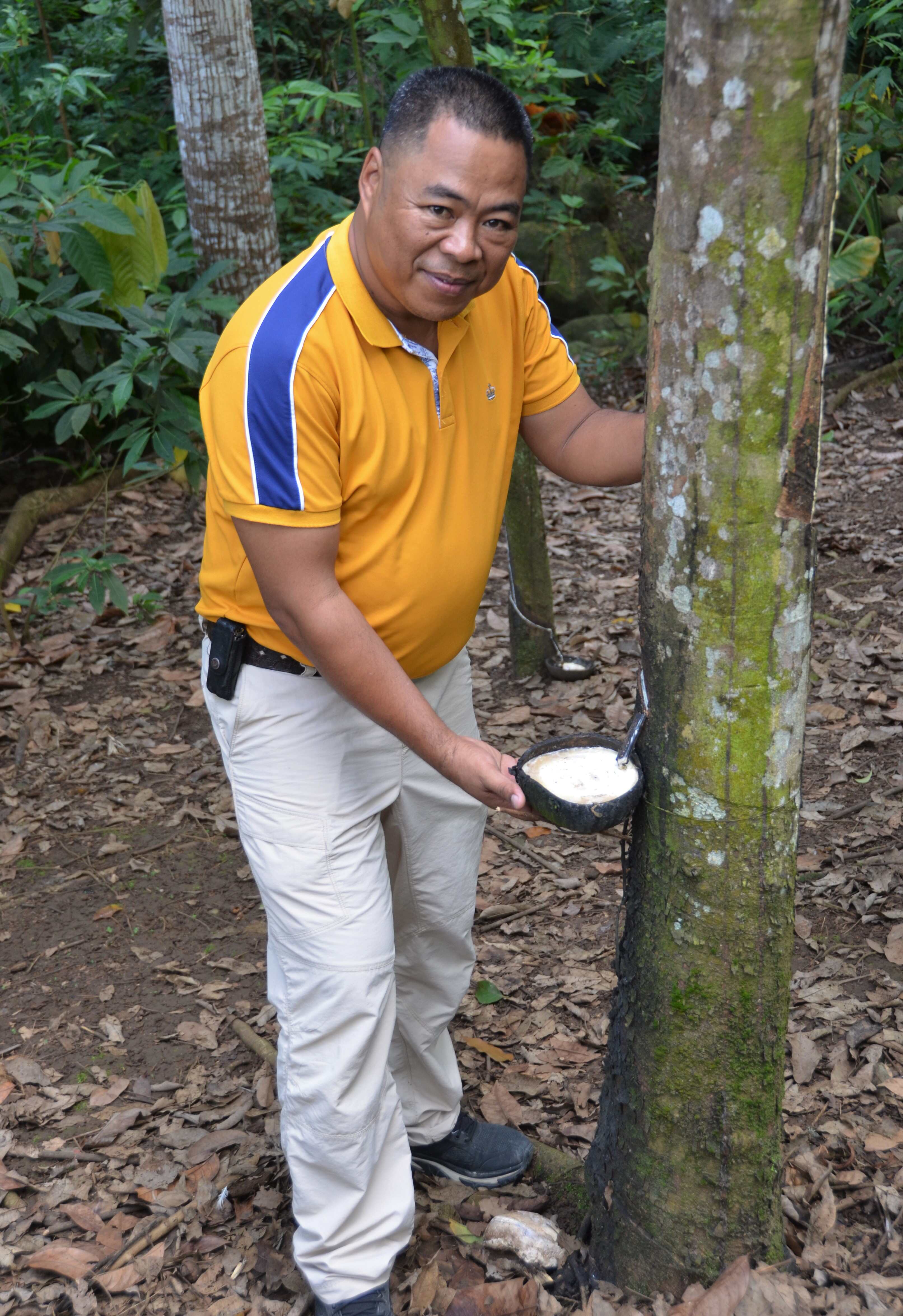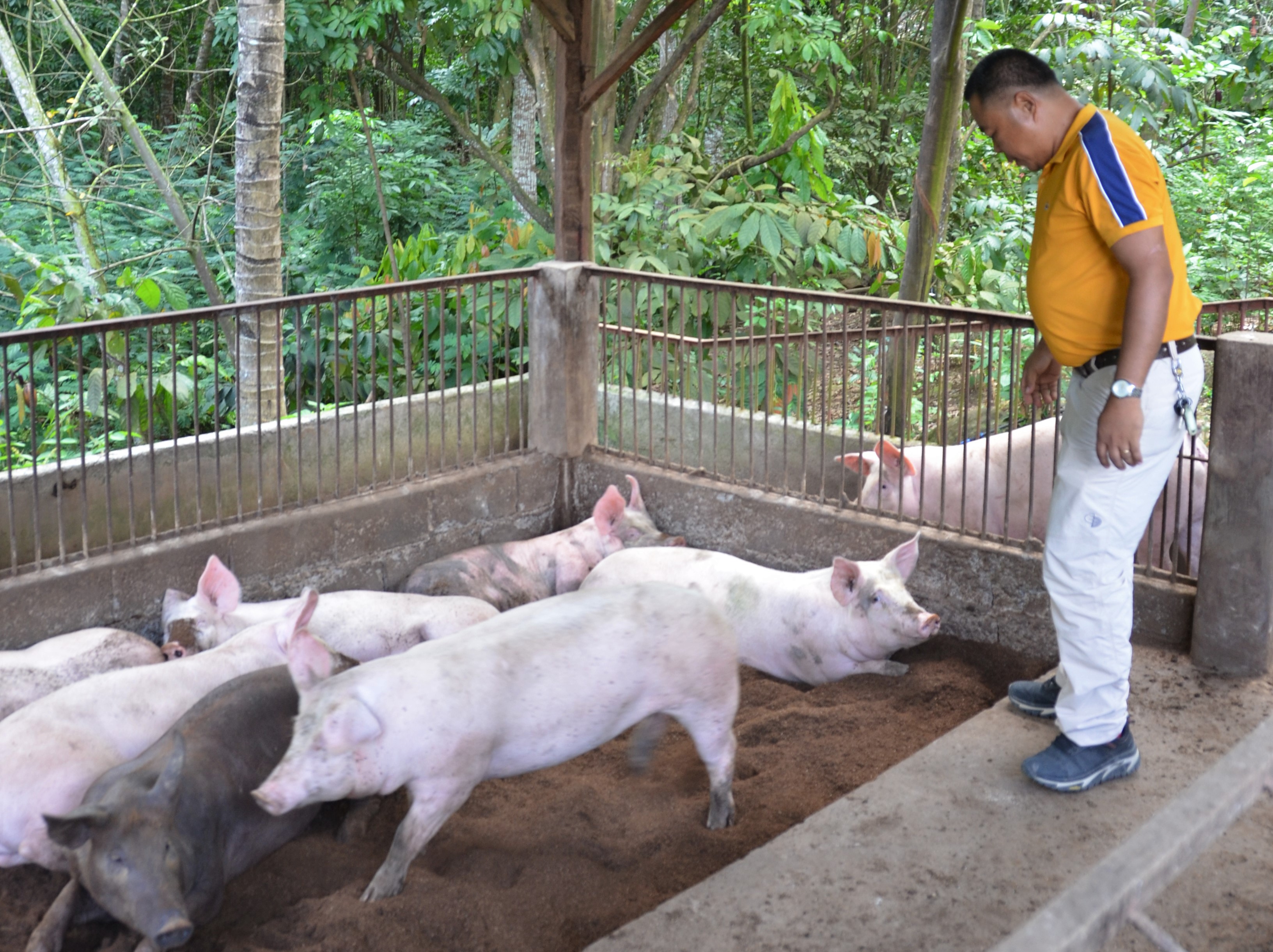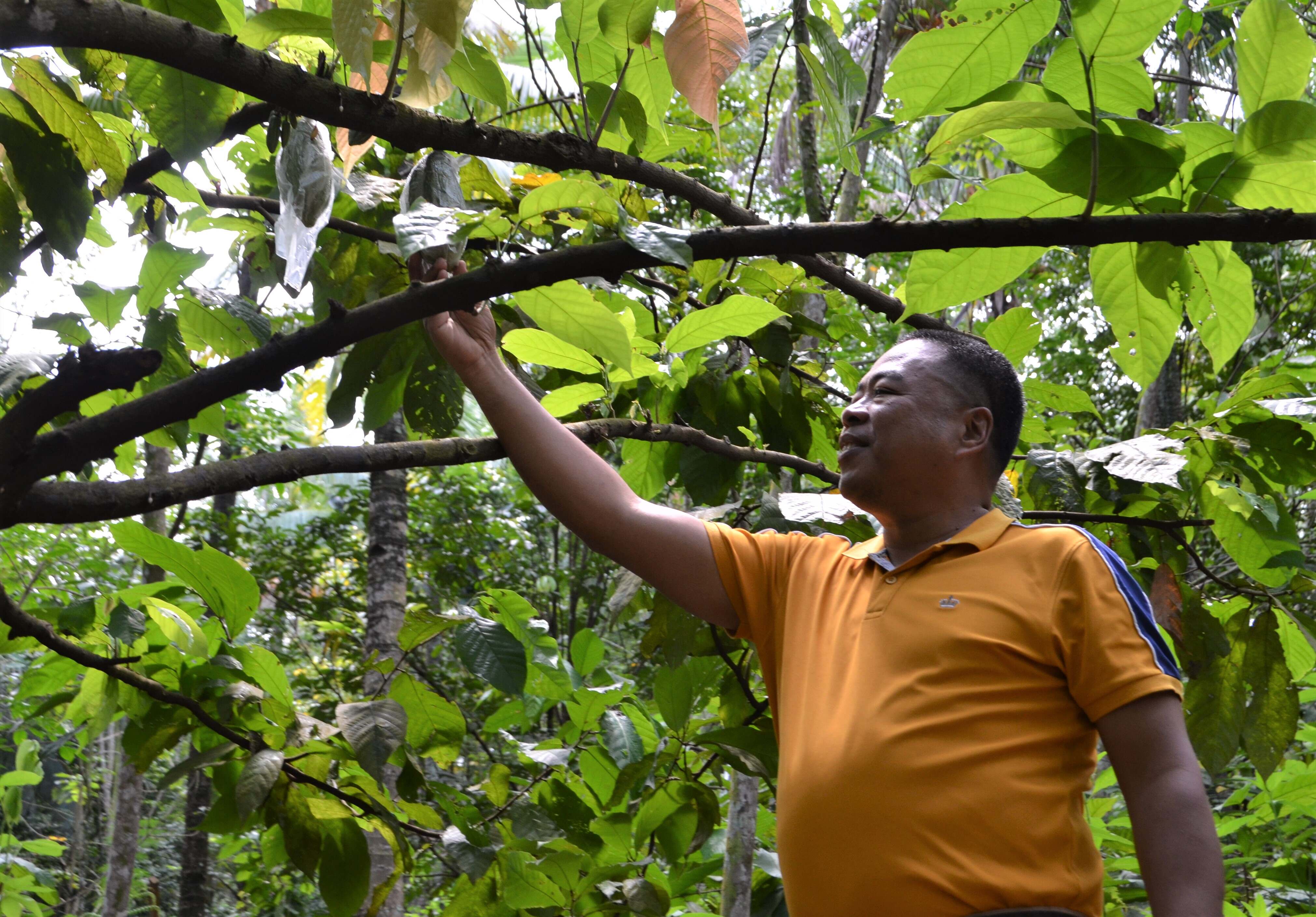Swine's world: There's money in raising pigs
The parents of Jethro P. Adang used to raise livestock, so it's not surprising that he followed in their footsteps. "I grew up in a rural area and my parents were raising livestock in our backyard," he recalled.
By Henrylito D. Tacio
The parents of Jethro P. Adang used to raise livestock, so it’s not surprising that he followed in their footsteps. “I grew up in a rural area and my parents were raising livestock in our backyard,” he recalled.
So much so that when he returned to the Philippines after working in Thailand and Myanmar where he assisted the human needs of the poorest among the poor communities, he decided to raise pigs in his backyard.
“I considered pigs an asset,” said Adang, who started raising pigs when he was only 12 years old. “In order for me not to spend whatever extra money I have, I raise pigs. Later on, it became my passion because I can sell the pig anytime if and when I need money.”
Pork consumption
Indeed, there’s money in raising pigs in the Philippines. In fact, the Department of Agriculture describes the swine industry as one of the biggest contributors to the country’s agricultural growth.
After all, an average Filipino consumes about 14.2 kilograms of pork, according to a report from the Organization for Economic Cooperation and Development.
Filipinos have been eating pork since time immemorial. “The Philippines, before it was even called the Philippines, has always favored pork,” wrote Gela Velasco, author of an article, “The History of Meat in the Philippines: Why Our Markets Carry Chicken, Beef and Pork but Not Horse or Crocodile.”
For most Filipinos, pork is a rich source of protein, calories, minerals and vitamins. An average-sized porkchop provides 45% of the daily protein needs of a person. Pork is highly digestible: 97% of meat proteins and 96% of meat fats are digested. Although fatter than other meats, pork fat is well-utilized by the human body.
The country ranks third to China and Vietnam in terms of pig production in Asia, according to the UN Food and Agriculture Organization (FAO). Other top producers of pigs in the region are Japan, South Korea, Thailand, Indonesia, India and Malaysia.
In 2018, the board of directors of the Kinuskusan-based Mindanao Baptist Rural Life Center (MBRLC) Foundation, Inc. asked him to replace the retiring director, Roy C. Alimoane. He was then working as the managing director of the Mekong Sub-Region Upland Project, where he facilitated agricultural micro-projects in partnership with 45 local communities in the area.
After several prayers and consultations with his family and other members of his Christian faith, he decided to accept the offer. He returned home in barangay Eman, which is the next barangay after Kinuskusan. His parents left him a farm, which he has to take care of.

Additional source of income
Since he has a growing family, he also needs extra cash for their daily expenses. He made a decision to raise pigs, as his wife and children could supervise if and when he is not around.
About 71% of the swine population in the Philippines are raised in backyard farms while 29% are produced in commercial farms. In almost every rural household in the country, swine raising is a very popular enterprise, Adang said.
“I started with four to five pigs, which we fattened,” he said. “I did not go into raising several pigs because I really didn’t know the result. I have to learn the basics.”

He got his initial stocks from different sources but mostly from his neighbors. “But I selected good looking stocks and then upgraded them by breeding with hybrids,” Adang said. “I also tried artificial inseminations.”
Raising pigs was not actually new to him. He graduated from the University of Southern Mindanao in Kabacan, North Cotabato in 1995 with a degree of Bachelor of Science in Agriculture. Although his major was in agronomy, his minor was animal science.
When he was hired as an extension worker of the MBRLC, he also learned some basics of raising livestock, including goats and pigs. “Although I worked abroad later on, I didn’t stop learning about raising animals.”
African swine fever
It was business as usual for him after that. He started to raise more pigs as there was a big demand for it. But it almost came to a stop when the African swine fever (ASF) hit the country. Bansalan was one of those affected by it.
While others stopped raising pigs, it was a different story for him. “It was indeed God’s blessing that my small backyard pig project was not infected with ASF,” he said, adding that “I just did some necessary steps to prevent ASF.”
Although his farm was not affected by ASF virus, he “slowed down due to some restrictions but continued raising pigs on a small-scale basis.”
Once the ASF was over, he raised 30 fatteners and five sows. “When I started raising pigs, I only raised pigs for fattening purposes and kept buying piglets from other sources, but lately, I decided to raise sows, too, for piglet production. Now, I am planning to expand due to high demands of piglets.”

Breeding and feeding
The sows he raises are bred in two ways. The first is through natural breeding. I have one boar which I used mainly for breeding. “I raise my own boar just to be prepared if and when ASF arises again. If that happens again, there will be travel restrictions and some policies will be enforced again to avoid the spread of the ASF virus,” Adang explained.
If the sow is related to the boar, he practices artificial insemination for his swine.
On average, his sows deliver 10-12 piglets per breeding.
Feeds constitute almost 80% of the total production cost in raising swine. Adang gives different feeds, which he buys at the MBRLC, for his pigs. “I use booster, hog pre-starter, starter, grower and finisher feeds for my fattening stock,” he said. “For my sows, I give them hog mash, gestating, and lactating feeds. For my board, I feed him with hog mash.”
Aside from commercial feeds, he also gives his pigs feed concentrate, leaves of leguminous plants and “madre de agua” (Trichanthera gigantea).
Among the problems he encountered in raising pigs include: slow growth rate (“because of breeding history”), parasites, market price (“flexible”), and feeds (“price of feeds gets higher while the live weight price gets lower”).
To make pig raising profitable, Adang suggested: “At least a minimum of 10 heads of fattening pig per batch.”
Adang has no problem when it comes to marketing. When the live weight price is higher, he sells his pig live. But when the price goes down, he butchers his pigs himself and sells the pork to local buyers.
Farm management
“My swine raising project doesn’t interfere with my work at MBRLC,” he admitted. “I hired one person to work in my pig and chicken farm, then I let my wife manage the project. I just monitor the project every evening and give instructions to my wife and worker if needed. Usually, I prepare a simple program of activities for them to follow every day. I use my free time on the farm just to unwind myself from the office work.”
Since he practices organic farming technology, most of the farm activities are very simple and very manageable. “Every early morning, my worker cleans the pen and wallowing area,” he said. “He feeds the pigs three times a day with some leguminous plants. He also monitors my other backyard projects.”
Aside from pigs, he also raises native chicken for home consumption. He sometimes sells chicken to interested individuals.
He also plants agricultural crops as an additional source of income. Among the crops planted in the farm are: coconuts (selling them for copra and shell charcoal), rubber trees, durian, rambutan, and lanzones. He plants forest trees (like mahogany) at the boundaries of his farm.


Photos by Henrylito D. Tacio